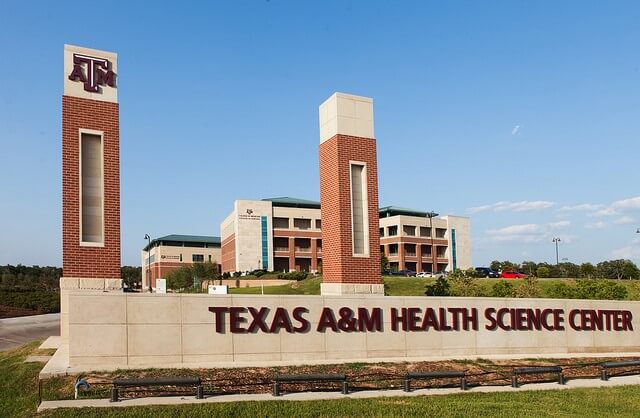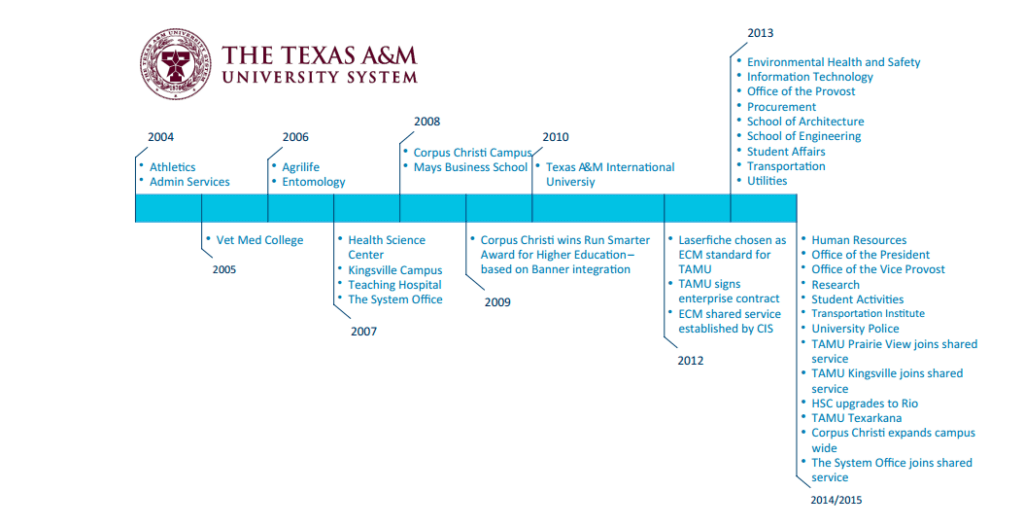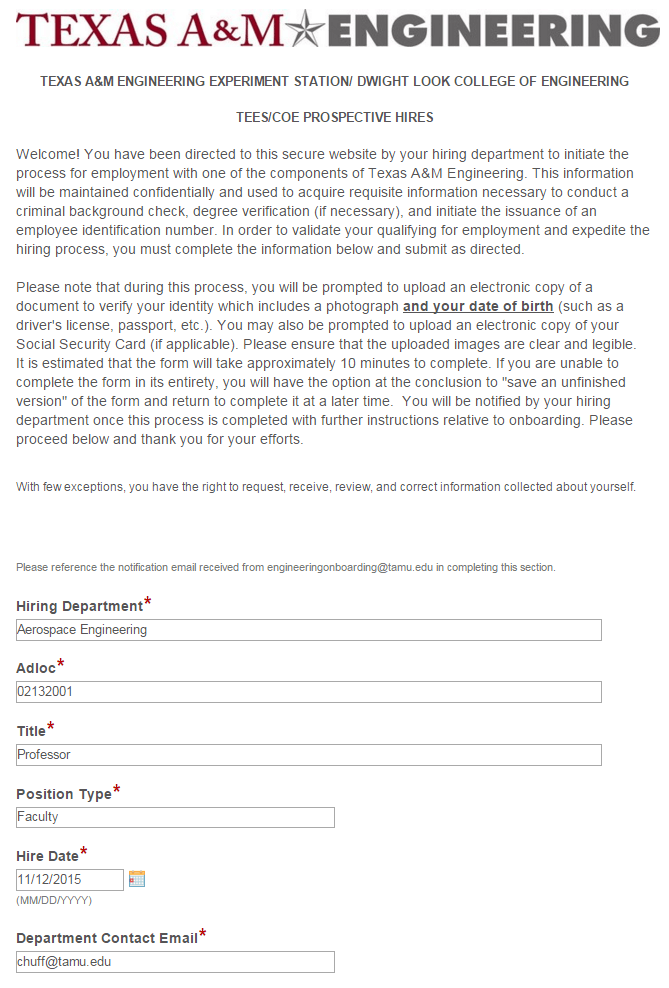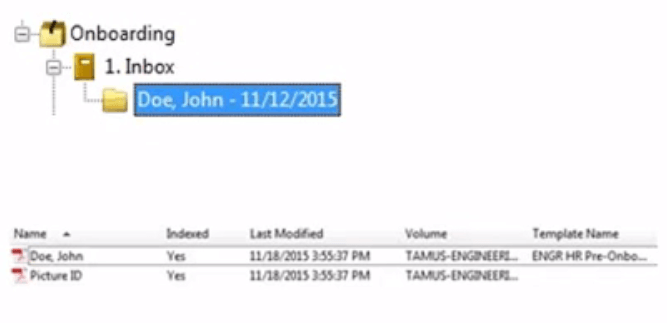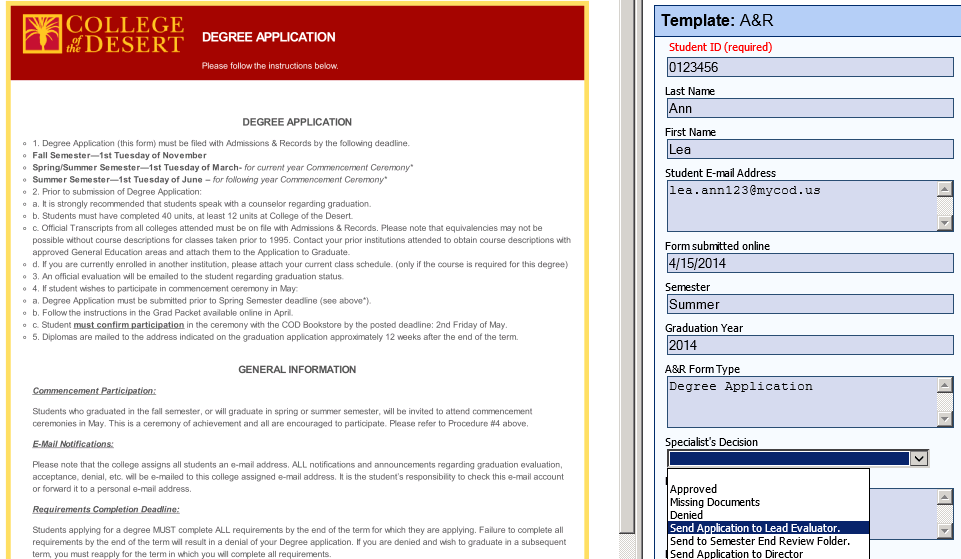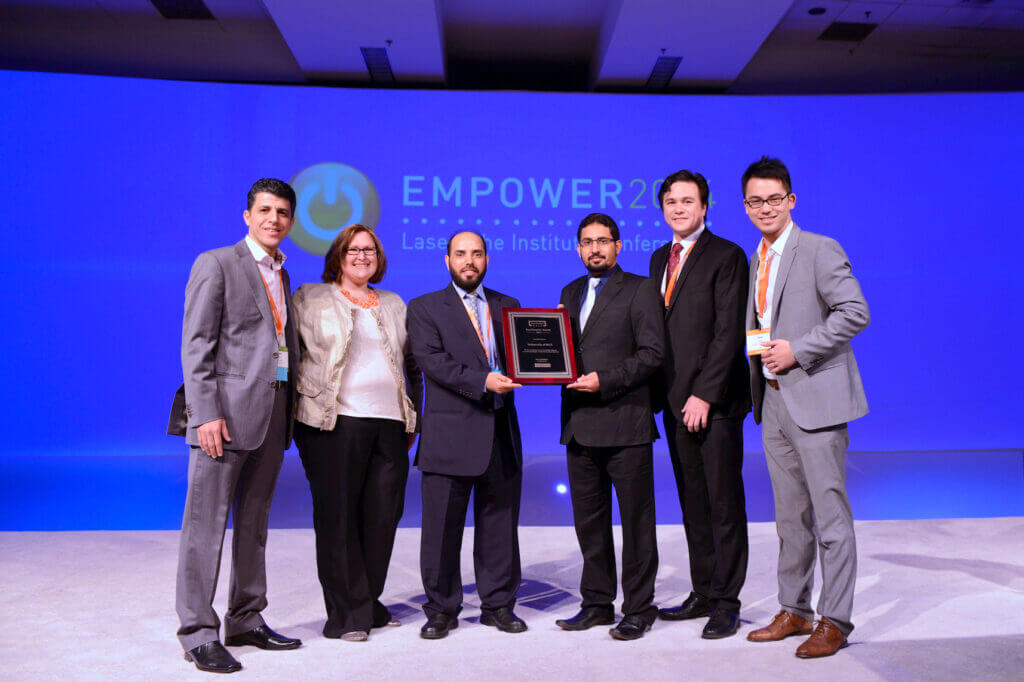With over 22,000 students, Linn-Benton Community College is one of the largest community college systems in Oregon.
A growing student population placed increased demands on the college’s Enrollment Services division, which processes around 15,000 applications each year. In order to keep up with the demand, the college needed to expedite transcript review and find an efficient way to inform students about their course options and graduation goals.
Identifying Areas for Efficiency
“Before Laserfiche, it took us about six to eight weeks to complete a transcript evaluation,” says Amy Sikora, Assistant Director of Enrollment Services. “We would get transcripts in from the students, and then they would just sit there unless the student filled out an online request form asking us to evaluate them.
“We had students calling us all the time asking if we received their transcript or if we evaluated their transcript,” Sikora adds. “It was a really clunky process.”
Driving Digital Student Services
The college worked with Laserfiche solution provider CDI to implement a Laserfiche solution for an online transcript evaluation service that:
- Allows students to instantly upload transcripts and request an evaluation
- Automatically assigns transcripts to a reviewer
- Instantly cross-references transcripts with the college’s Banner system
- Analyzes and automatically emails enrollment criteria to students with further instructions and outcomes
By applying this process to class petitions, transfer credits, course refunds and more, staff can stay in constant communication with students about their options.
“Students are communicated with every step of the way, which is great because it saves us a ton of phone calls,” says Sikora. “Staff like it because it just does everything for them. It helps in many different ways—for students going into special admissions programs, and even bypassing placement testing can be really beneficial for students.”
Benefits include:
- Students can instantly submit and request transcript reviews online and receive personalized instructions on next steps
- Average time to review transcripts has been shortened from six weeks to a single week
- Staff workloads can be reconfigured in real time based on transcript volume and document types
“The goals were to reduce the time that it takes to evaluate transcripts, keep everybody notified and just have the process flow better,” said Sikora. “Laserfiche solved all those things for us.”

